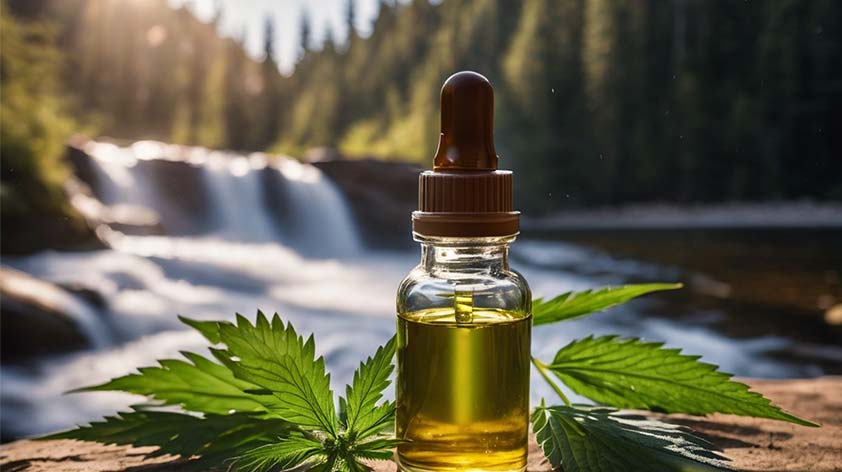
The market for CBD oil is lucrative, and the key benefits of CBD oil aren’t all that interest health enthusiasts. Many are curious about the process of how a cannabis plant becomes CBD oil. Read the many steps that encompass CBD oil production!
Stage 1: Cultivation
CBD oil wouldn’t exist without the cannabis plant, so cultivators must create an ideal environment for cannabis to thrive. Careful attention to the growing process helps cultivators pick up on signs of nutrient deficiencies in cannabis, like brown leaf tips, that can compromise the quality of the plant and its byproducts.
A plant’s health hinges on a delicate balance of mineral nutrients, natural or artificial sunlight, sufficient water, and pH balance in the soil. Incorporating the ways to improve your cannabis crop will lead to optimal growth and heightened medicinal properties.
Stage 2: Harvesting
The harvest window varies by strain but often falls when the plant’s trichomes are milky white. Harvesting too early can result in lower CBD content, while waiting too long may lead to degradation.
Stage 3: Extraction
The flowers of the cannabis plant possess the highest CBD concentration. Leaves can also contain CBD but at a significantly lower concentration.
CO2 Extraction
CO2 extraction uses supercritical carbon dioxide as a solvent to dissolve and capture cannabinoids. In this state, CO2 behaves like both a gas and a liquid, making it extremely effective at stripping the desired compounds from the plant. The result is a pure, high-quality CBD oil free from contaminants.
Ethanol Extraction
We use ethanol extraction with high-grade grain alcohol as a solvent. This method is efficient for mass production. However, it requires careful temperature regulation so the alcohol doesn’t damage the cannabinoids.
Oil Infusion
Oil infusion isn’t as effective as other extraction methods, but it’s one of the oldest techniques and you can do it at home! Heat the carrier oil, such as olive or coconut oil, then add the cannabis plant. The high temperature activates the cannabinoids and infuses them into the oil.
Stage 4: Refinement
The goal is to create cleaner, purer CBD oil for users. Here are some ways to do just that:
Removing Impurities
While the CBD extract is potent, other plant impurities remain. Wax and chlorophyll are removable through winterization. Freezing the oil and filtering out the unwanted compounds will make it free of various imperfections.
Purifying the CBD Extract
Distillation is the process of gently heating the CBD extract so it separates from other components. It’s a crucial step to yield a highly purified and potent product.
Stage 5: Product Development
With CBD extract in hand, the cannabis plant is one step away from becoming CBD oil! However, it’s important to mix the CBD extract with a carrier oil to create a safe, effective product for consumer use. Common carrier oils like hemp seed, coconut, and olive oil are ideal for preserving CBD purity and potency while offering health benefits. Manufacturers blend the mixture well to ensure even CBD distribution, preparing the final product for distribution.
Reaping the health benefits of CBD oil wouldn’t be possible without this meticulous process. With comprehensive cultivation and purification, CBD oil can provide users with therapeutic effects that so many seek in the ever-growing cannabis market.









